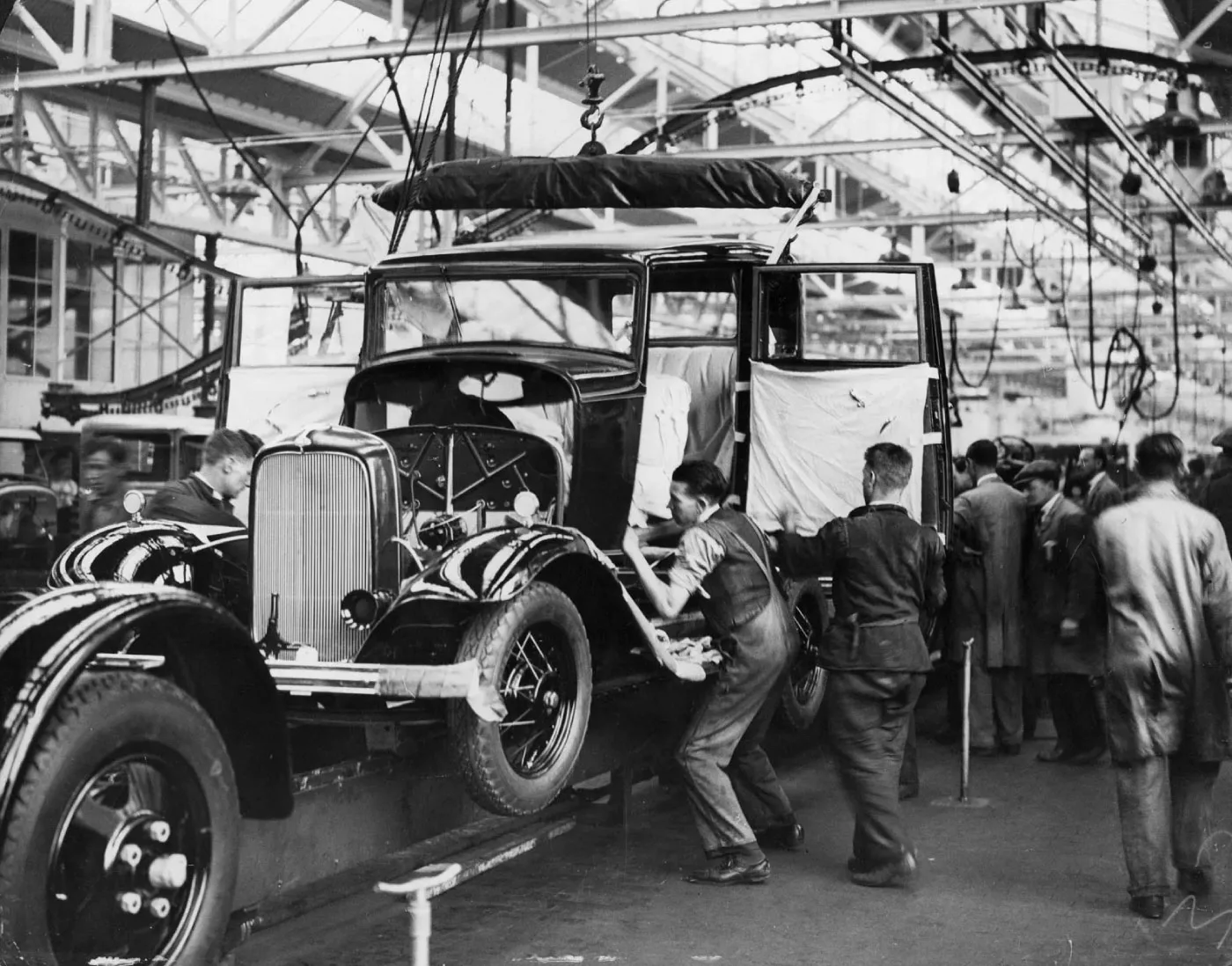If the 1920s was a booming period for The Harry Bundy Company and for the automotive sector, the 1930s would offer up a very different proposition. The Wall Street crash of 1929 and the subsequent Great Depression hammered the U.S. car industry. By 1932, sales of new automobiles had fallen 75 percent, and automobile companies had a combined loss of $191 million in 1932 ($3.5 billion in 2021 dollars) or 25 percent of industry revenue.
It would seem untimely, then, that Harry Bundy’s company had been bought by Wendell Anderson mere months before the financial crash. Changing the name to Bundy Tubing Company, Anderson wanted to put his own stamp on the business, but he couldn’t possibly have predicted what was to follow. Of course, neither could he have predicted that his new company would prove capable, time and again, of weathering the toughest of times.
Vital to two industries, Bundy Tubing was spared from the worst of the hard times throughout the 1930s, and that was largely thanks to the advent of Bundyweld. Although Harry Bundy sadly didn’t live long enough to see the full measure of his invention’s success, dying of a heart attack in June 1931, his name would carry huge weight for decades to come.
Despite the setbacks of a financial crisis and the loss of the company’s founder, Bundy Tubing Company continued to make strides. Between 1931 and 1934, it sold 200 million feet of Bundyweld tubing. In response to a growing share in a condensed market, the business needed a larger space to operate from, and so it moved to a more spacious building in 1934.
This change in location was accompanied by other changes within the business. 1936 saw it enter into its first overseas venture – producing tubes in France and England – whilst in 1939, it manufactured its second major product, Electricweld.
Although it was faced with a whole host of challenges throughout the decade, including the rising influence and power of organized labour, Bundy Tubing Company came out of it in a strong position. This is testament to the company that the late Harry Bundy established, and to Wendell Anderson’s ability to pick up where his predecessor left off. The next period, however, was not quite as smooth…


